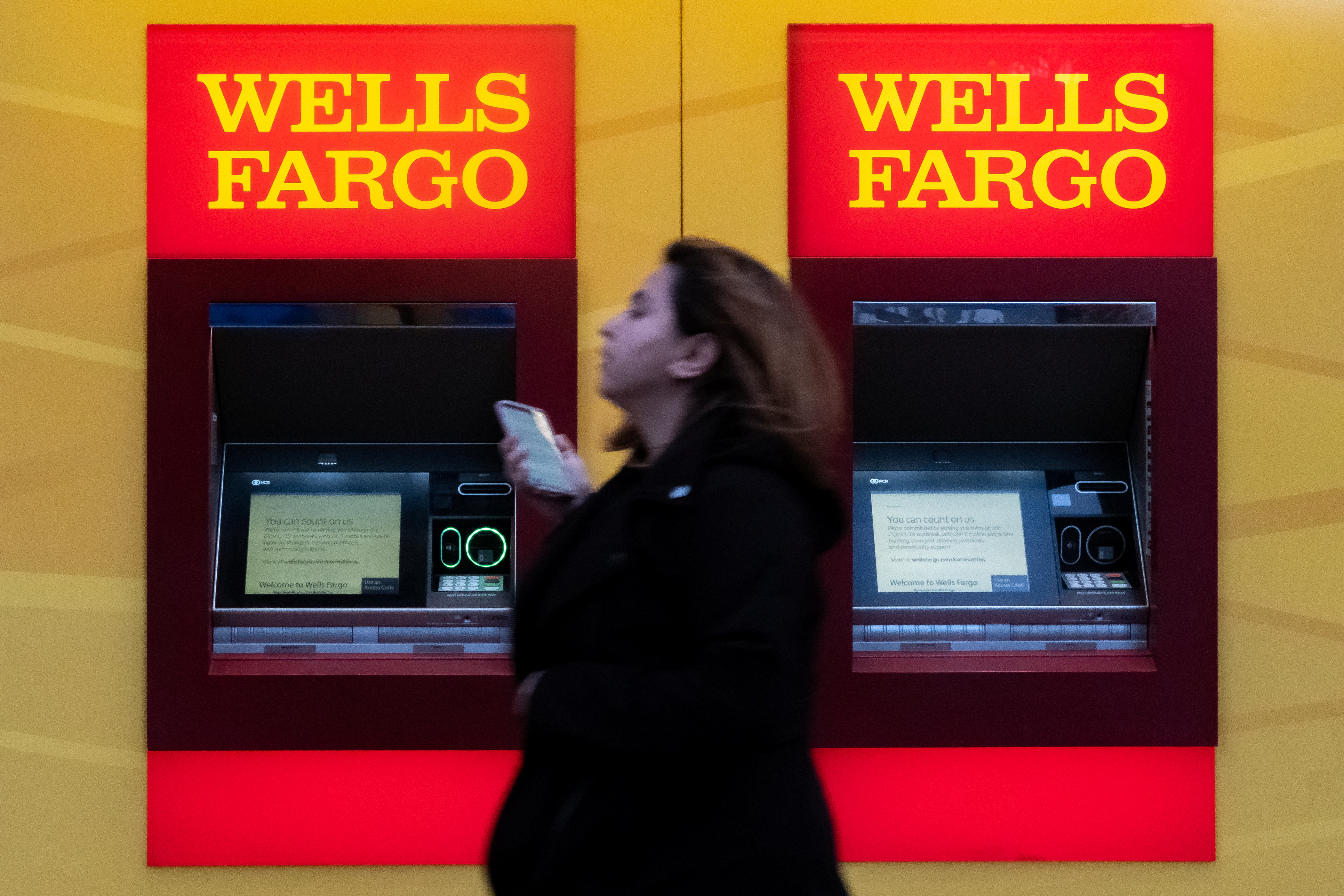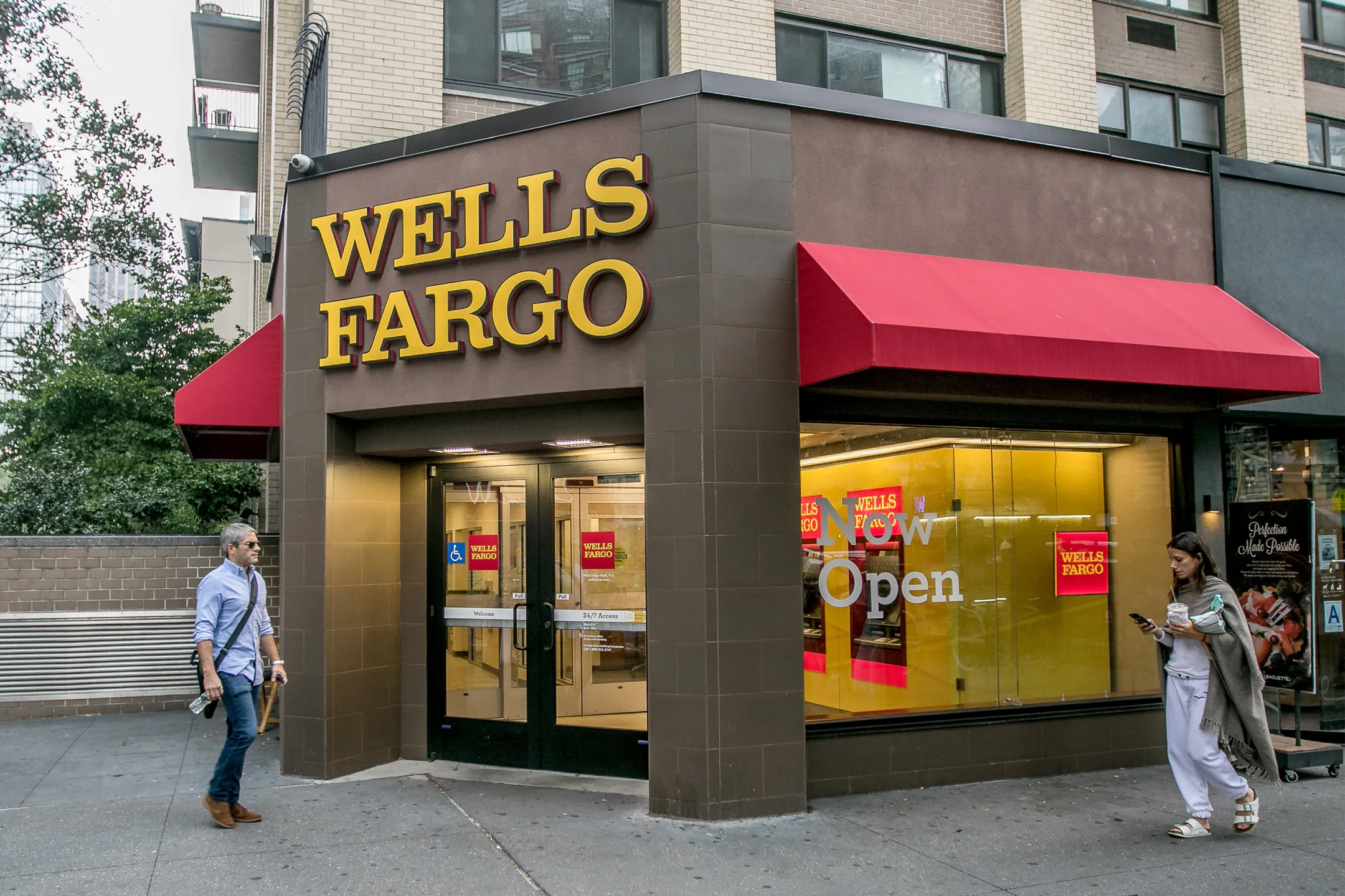Information presented on this web page is intended for informational and educational purposes only and is not meant to be taken as legal, financial, investment or tax advice. We do not accept any responsibility for any trading or investment related losses. Please review our disclaimer on before taking action based upon anything you read or see.
Can wells Fargo take money out of my checking? This article will be useful if you’re one of the people who often ask this question. In many ways, you currently know how Wells Fargo checking accounts work. You may purchase with a check card, write a paper check, or use an atm machine to get cash. You may have your paycheck put directly into your account, or you can drop checks at an institution’s cashier window or ATM.
However, you may have lately observed changes in your bank account. Your checks may “clear,” but the money is leaving your account at a faster rate. You may be wondering whether Wells Fargo can withdraw money from your checking account at this stage. Join us as we investigate the options.
Can Wells Fargo Take Money out of my Checking?

Your Wells Fargo checking account gets general protection against bank withdrawals without your consent. There is, however, one notable exception. The bank may withdraw cash from your checking account to satisfy a delinquent debt with the bank in certain circumstances.
The bank has the right to take this step without informing you. Additionally, the bank may provide access to your checking account to other lenders you owe under certain circumstances. Overall, Wells Fargo deducts funds from your checking account for the following reasons:
Right of Offset
If you’re overdue on an instalment obligation, such as a vehicle loan with the same bank, banks may use a unique power known as “right of offset” to remove money from your checking account. If you don’t pay your loan, the bank will debit your account for the amount owed. Under federal law, the procedure is allowed, but not all banks may opt to use it.
Wells Fargo frequently uses their right to offset when other collection methods fail. The bank understands that withdrawing funds from a client’s checking account without notification is a serious problem that would likely cause significant consumer distress.
When a consumer has a vehicle loan with the bank that is days away from charge-off and seizure and money is available in his checking account, the bank may conclude they have no alternative.
Garnishment of wages
Wells Fargo also provides access to checking accounts in a different method. They must obey court orders for a creditor or debt collector to seize a debtor’s bank account to collect an outstanding obligation. Garnishment is possible when a creditor wins a judgment for an unpaid bill.
Customers are not informed in advance of a planned garnishment by their banks. Garnishment is commonly discovered when you find a negative balance in a debtor’s account while checking the status online or when the cheque begins to bounce.
Debts owed to credit card companies
When you stop settling your credit card bill, the credit card company will contact you and send you debt letters as the initial stage in the collection process. As time passes, the calls and letters get more violent and threatening.
They may threaten you with an arrest if you do not pay your credit card bill. This is not factual, and their use as a scare tactic is illegal. The credit card business gets represented by various legal firms in the United States. These legal firms launch lawsuits against those who have not paid their credit card bills.
If contacting and sending letters isn’t enough to persuade you to pay, the credit card issuer will sue you. The authorities will present you with a summons.
You may attempt to fight the litigation, but your odds of winning are slim if you owe the money. The credit card company will get a judgment against you if they win the case. The ruling is significant because it permits the credit card corporation to deduct funds from your account without your authorization.
The court will issue a bank execution to the credit card firm. A bank execution permits an official to visit all of the state’s banks, and if you have money in those institutions, the authorities may seize it.
How to Stop Wells Fargo from Deducting Funds from your Account

People with unpaid Wells Fargo bills often attempt to transfer their deposit accounts to another bank. This protects you against illegal withdrawals using the right to offset. However, this may not be enough to prevent the garnishment. At this time, you have the following options:
Opt for a debt management plan
A credit counselling organization may provide a debt management plan, a debt payback program, or a service. It’s a strategy for paying off your obligations in total over five years.
The non-profit credit consulting service “pools” your unsecured obligations in a debt management plan so that you only have to make a one-time payment (to the not-for-profit agency). After that, the agency distributes your payment among your creditors.
The larger creditors will receive a more significant portion of the repayment. Debt management programs are for those who can afford to pay off all of their debts in full but don’t qualify for a debt consolidation loan and profit from a set payment schedule.
Declare bankruptcy
No one likes to declare bankruptcy, but it is sometimes the best approach to cope with debt and get financial relief. Personal bankruptcy is a judicial procedure that allows an honest but unlucky debtor who cannot repay their obligations to get debt relief.
Your debts get official dismissal after the bankruptcy, which means you are no longer obligated to repay them.
People declare bankruptcy for diverse reasons; in most situations, something occurs that causes them to realize they cannot repay their obligations independently.
This might include intrusive debt collection phone calls, income garnishment, or the difficulty of getting further credit. In the United States, life events such as divorce or separation, sickness, or job loss are typical reasons for bankruptcy.
Debtors formally surrender their access to non-assets for the satisfaction of their creditors in return for being free of unsecured obligations.
Who is Eligible to Apply for Bankruptcy?

To declare bankruptcy in the United States, you must be insolvent, which implies you must:
- Be owing $1,000 or more in unsecured debt
- Owe more on your bills than the worth of your assets.
It will help if you live, work, or own property in the United States. Also, it is not necessary to be national to file for bankruptcy. You may be a legal resident or live overseas yet own property in the United States.
Choosing a Customer Proposal
A consumer proposal may be your lifeline if your expenses are too much to bear and you’re seeking for a faster solution to pay off debt without filing for bankruptcy.
A consumer proposal is a legally valid debt-reduction plan. This is usually possible via a Licensed Insolvency Trustee, and it involves paying your creditors a portion of whatever you are owing in return for complete debt forgiveness. If you’re having trouble making your repayments, a consumer budget plan may help you get out of debt while preventing bankruptcy.
As consumer proposals have grown in popularity, Americans are increasingly opting for them over bankruptcy as a means out of debt. In 2020, consumer proposals accounted for two-thirds of all insolvencies in the United States.
Your payment schedule is determined by a consensus. This occurs when your lenders expect you to pay more than you can provide. As a user proposals manager, your Licensed Bankruptcy Trustee will schedule a meeting with you to analyze your economic level and assist you in selecting the amount to propose.
Deals of 30 cents on the dollar are common, but each loan proposal is different. The value of a consumer proposition and the major handling amount are determined by your finances.
Every creditor’s proposal is unique. Payments for the proposal are incentives and may be split over a total of five years. Mostly, this may lead to savings of 70 percent to 80 percent.
Frequently Asked Questions
Can Wells Fargo take money out of my checking?
Yes. When your Wells Fargo checking account gets garnishment, the bank has the authority to remove money from your account.
Is it possible for Wells Fargo’s policies to withstand a court order?
No, most bank policies get a void once a court order is issued. For example, if the account balance is $2,500 and the account holder wants to withdraw part or all of the money, but there is a garnishment of $4,000, the bank will be unable to do so.
Is it worthwhile to have a Wells Fargo checking account?
Yes. A Wells Fargo checking account generally has several advantages. As a result, acquiring one is worthwhile.
Can a garnishment result in Insufficient Funds in my Wells Fargo checking account?
Yes. When a checking account garnishment occurs, the account starts to incur inadequate fund fines, which is distressing. This happens when other transactions debit the account, and the garnishment retrieves the money debited.
Every transaction may be charged an inadequate fee and returned to the firm or individual who owns the check. You may incur an insufficient fund fee may be incurred if the garnishment is booming, but the account balance is nil.
Conclusion
In conclusion, your Wells Fargo checking account is safe from withdrawals by your bank without your permission. However, there are some significant exceptions. To this end, the tips above will be indispensable for you.




